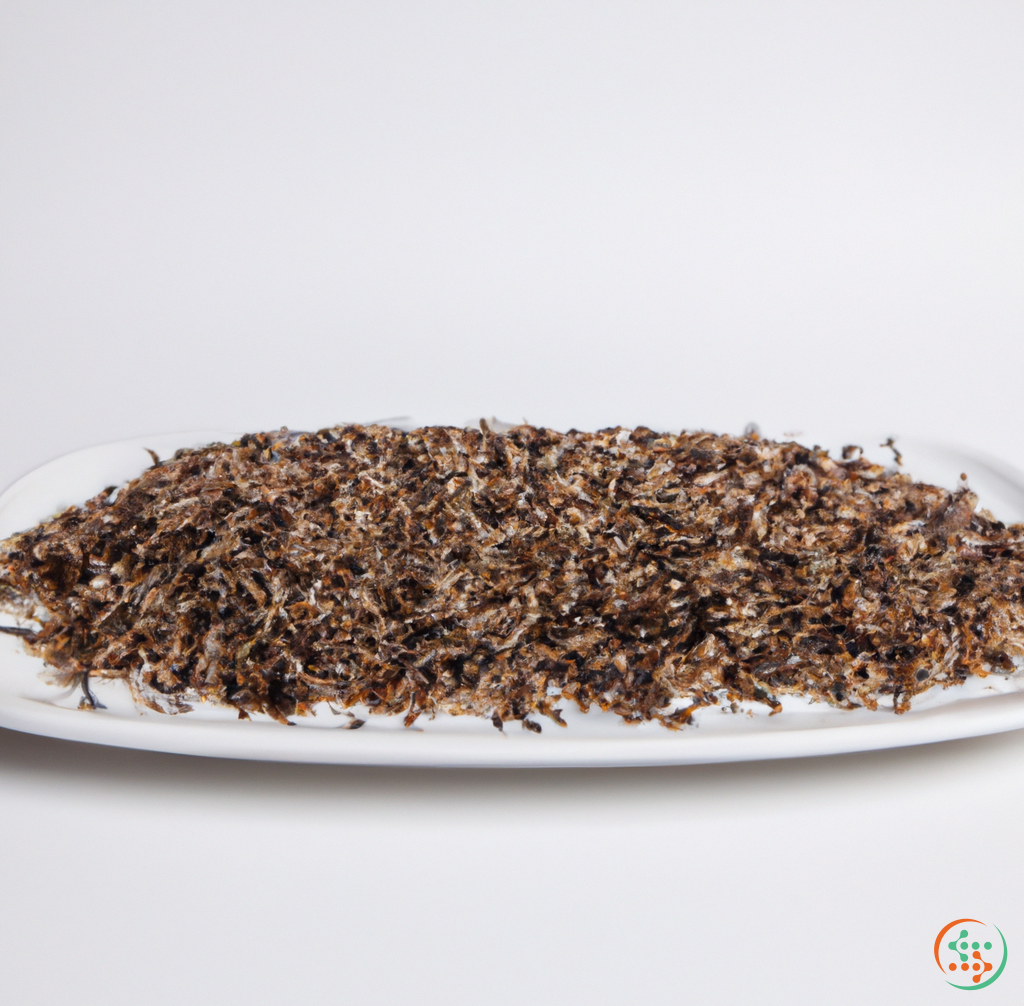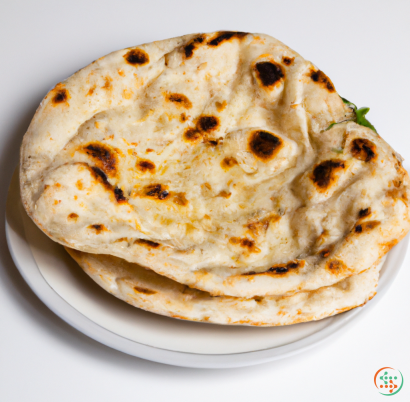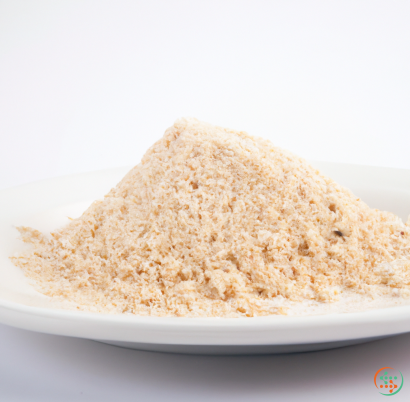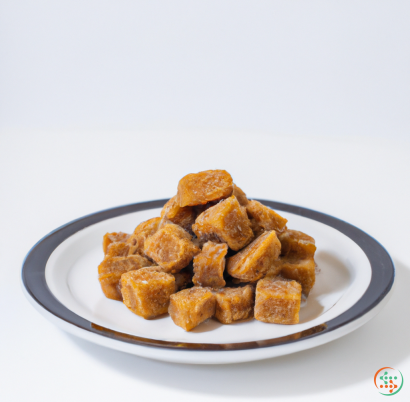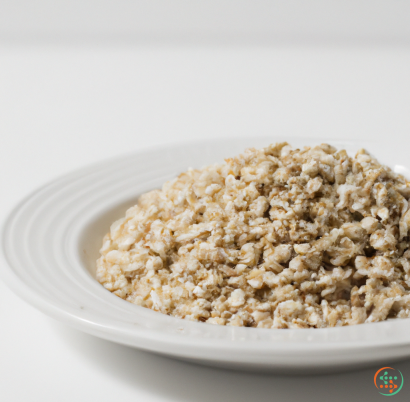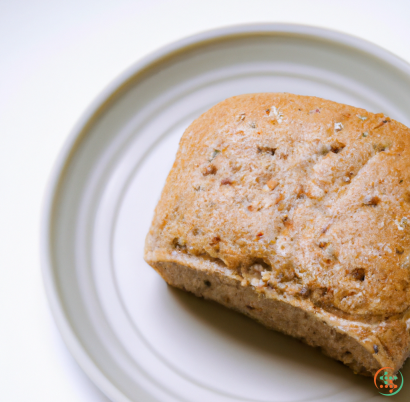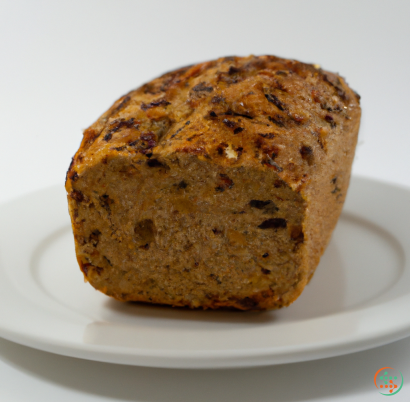Wild Rice
Wild rice is one of the most unique, diverse and nutritious foods available. It's not actually a grain, but the seed of wild aquatic grasses that grow in shallow bodies of water. Native to Canada, the United States, and parts of Asia, wild rice is an essential part of some traditional diets and a popular culinary trend.
Wild rice first became known after being discovered by native tribes. The Anishinaabe and Ojibwe in particular used wild rice as a staple food. To this day, many tribal nations rely on wild rice as a part of their traditional diets and cultural identities. Wild rice was also used by some of the earlier settlers in the Midwest, becoming popular after being found in abundance in the rivers and lakes of Minnesota and Wisconsin.
Wild rice is extremely nutrient-dense and is a good source of fiber, minerals, and vitamins. It's also high in antioxidants and contains omega-3 fatty acids, amino acids, and phytoestrogens. Wild rice is an excellent option for those who are gluten-free or who want to become vegan due to its lack of any animal products.
Wild rice has a unique flavor profile, described as earthy and nutty. Its flavor pairs with a wide range of produce – from mushrooms, peppers, and onions, to asparagus and greens. One can experiment with other ingredients that bring out the full potential of wild rice. From adding herbs and citrus, to combining it with proteins such as beef, chicken, fish, or tofu, the possibilities with wild rice are endless.
Wild rice is an ancient food and is believed to have been around for thousands of years. It’s versatile and can be served in a multitude of dishes, from hot bowls of soups, stews, chilled salads, and rice dishes to side dishes, breakfast dishes and even deserts. To prepare wild rice, it's important to note that it typically takes at least an hour of cooking time. It’s generally best to soak the wild rice for about 2-4 hours before beginning to cook, as this will help reduce cooking time.
That said, wild rice offers much more than just culinary diversity. Wild rice is also a key part of the eco-system. As a species of aquatic grass, wild rice provides food, shelter, and a spawning ground for animals. It is also a key player in protecting the water quality in wetlands, rivers, and lakes – all of which play a crucial role in preserving the environment.
In recent years, wild rice has become a source of ethical concern due to the way it's harvested. Api-giizhig, or “hand knocking”, is a traditional harvesting technique that has been utilized in Minnesota since time immemorial. This method involves knocking the grains of wild rice off the stem found growing in the shallow waters and picked up from canoes. This sustains a respectful relationship between humans and wild rice plants, and achieves a superior, high quality product.
Unfortunately, this method of harvest is being threatened by large scale operations which use combines, which leave behind large amounts of debris and detritus – destroying the surrounding wetland habitat and affecting the future health of wild rice beds. Action to protect the harvest of wild rice has been taken by concerned advocates, who are helping to preserve and promote traditional wild rice harvesting methods.
Wild rice is a culinary treasure, a healthy source of essential nutrients for gluten-free, plant-based diets. It has a rich flavor and texture, can be used to create many different dishes, and is an integral part of the environment and culture. From soup to salads, risotto to porridge, wild rice is an interesting and beneficial food that deserves to be savored.
Wild rice - From Field and Stream to Dinner Plate
For many Americans, nothing beats the taste of wild rice served as a side dish, in a risotto, or tucked into a casserole. But few Americans give any thought to how wild rice is created and how it journeys from the field or lake to their dinner plate. By understanding the fascinating journey and science behind wild rice, we can better appreciate what nature provides.
What Is Wild Rice?
Contrary to many people’s belief, wild rice isn’t really a “rice” at all. It is actually the seed of an aquatic grass belonging to the genus Zizania and it is one of just two cereal grains native to North America. Zizania aquatica, commonly known as American wild rice, originally grew in the lakes and rivers of the upper Midwest and Canada, and is the most common variety of wild rice grown around the world today. The other species, Zizania texana, is generally restricted to Texas and a few nearby states.
Wild rice production has been limited to the wild, rather than large-scale domestication of the crop. The most common method of cultivation is called “dry seeding”, where rice seed is spread along the shores of lakes, ponds, and marshes where manual labor is still necessary for harvesting.
So, how does wild rice travel from these fields and streams to a dinner plate? The journey begins with understanding the growth and cultivation phases.
Growth and Cultivation of Wild Rice
Wild rice is grown in two different ways. The dry, or natural, method is the more traditional form, in which wild rice is grown in shallow, secluded marshes, bays, and rivers, often in steady flowing water no deeper than four inches. Manual harvesting of the wild rice involves sliding a canoe through the water while two workers, one in the front and one in the back of the canoe, use sticks to scoop the ripe grain off of the stalk and separate it from the straw and husk.
The wet, or paddy, method is a more recent way wild rice is grown, and involves flooding fields to a depth of about five inches. The wild rice is exposed to direct sunlight, making it vulnerable to harsh weather fluctuations. This method is more labor intensive and requires mechanical harvesters.
Harvesting
Unlike most grains, there is no single harvest time for wild rice – the harvester must wait until the grain is ripe and dead ripe. If it is harvested too early, the yield is lower, grain production decreases and future harvests may be harmed; if it is harvested too late, the grain becomes excessively brittle and falls into the water leaving.
Once the grain is ripe, it must be quickly and carefully harvested. Traditionally, wild rice is harvested with a traditional wooden knocker, as it helps break up the grain and husks. A winnowing process then allows the rice to be separated from the chaff, and speeds up the drying process. The next step is to spread out the grain on canvas so that it can dry further and begin to mature.
Milling and Antioxidant Production
Once the grain is dry, it can be processed in the mill. The milling process removes the outer hull and polishes the grain, which greatly improves the quality and freshness of the wild rice. The milling and dehulling processes also have an added benefit – they stimulate the germ of the wild rice to release phenolic compounds.
Phenolic compounds are powerful antioxidants, and wild rice contains even higher concentrations of these compounds than many other grains and cereals. As an added bonus, wild rice contains very low amounts of cholesterol, saturated fat, and sodium, making it a healthier choice than many of its grain counterparts.
Packaging and Distribution
Once it is milled, wild rice is packed into different varieties of packaging. Common types include resealable bags or vacuum seal bags, which helps protect the grain from moisture.
It is then distributed to grocery stores and restaurants nationwide. The two main factors contributing to the transportation requirements of wild rice is the cost of distribution and the shelf life of the grain. Wild rice has an airline life of 12-18 months, so it is important to ensure that it is constantly moving and none of the grain is sitting on shelves aging and losing quality.
Wild Rice on the Dinner Plate
Wild rice is a versatile, nutritious grain that can be used in a variety of dishes. It can be served as a main course, added to side dishes, or incorporated into desserts. It can be boiled for soups or it can be softened in coconut milk for a creamy risotto.
As you can see, wild rice has a fascinating growth and journey from paddies and streams to dinner plates. We certainly appreciate the beauty and taste of wild rice, but by understanding its science and process, we can cultivate a deeper appreciation for this flavorful grain from the wild.
| Beta-Carotene | 0.002 mg | |
| Vitamin E | 0.24 mg | |
| Vitamin K | 0.5 ug | |
| Vitamin B1 | 0.05 mg | |
| Vitamin B2 | 0.09 mg | |
| Vitamin B3 | 0.00129 grams | |
| Vitamin B4 | 0.0102 grams | |
| Vitamin B5 | 0.15 mg | |
| Vitamin B6 | 0.14 mg | |
| Vitamin B9 | 0.026 mg |
| Calcium | 0.003 grams |
Daily Value 1.3 g
|
| Iron | 0.6 mg |
Daily Value 0.018 g
|
| Magnesium | 0.032 grams |
Daily Value 0.4 g
|
| Phosphorus | 0.082 grams |
Daily Value 1.25 g
|
| Potassium | 0.101 grams |
Daily Value 4.7 g
|
| Sodium | 0.003 grams |
Daily Value 2.3 g
|
| Zinc | 0.00134 grams |
Daily Value 0.011 g
|
| Copper | 0.12 mg |
Daily Value 0.9 mg
|
| Manganese | 0.28 mg |
Daily Value 0.0023 g
|
| Selenium | 0.8 ug |
Daily Value 0.055 mg
|
| Tryptophan | 0.049 grams | |
| Threonine | 0.127 grams | |
| Isoleucine | 0.167 grams | |
| Leucine | 0.276 grams | |
| Lysine | 0.17 grams | |
| Methionine | 0.119 grams | |
| Cystine | 0.047 grams | |
| Phenylalanine | 0.195 grams | |
| Tyrosine | 0.169 grams | |
| Valine | 0.232 grams | |
| Arginine | 0.308 grams | |
| Histidine | 0.104 grams | |
| Alanine | 0.223 grams | |
| Aspartic Acid | 0.384 grams | |
| Glutamic Acid | 0.695 grams | |
| Glycine | 0.182 grams | |
| Proline | 0.14 grams | |
| Serine | 0.211 grams |
| Glucose | 0.2 grams |
|
| Fructose | 0.2 grams |
|
| Sucrose | 0.33 grams |
|
| Total Sugars | 0.7 grams |
per 100g
|
| Palmitic acid (16:0) | 0.05 grams |
|
| Total Saturated fatty acids: | 0.05 g | |
| Oleic acid (18:1) | 0.05 grams |
|
| Total Monounsaturated fatty acids: | 0.05 g | |
| Linolenic acid (18:3) | 0.1 grams |
|
| Linoleic acid (18:2) | 0.12 grams |
|
| Total Polyunsaturated fatty acids: | 0.22 g | |
